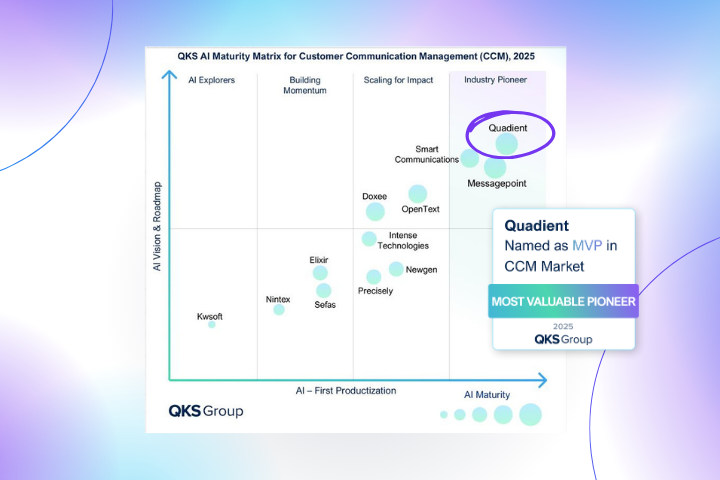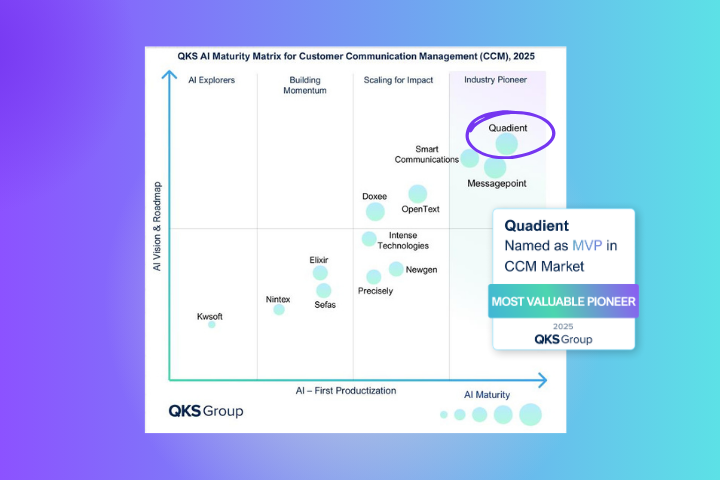
What sets a great team apart from a good one? And what's the difference between an organization that thrives versus one that simply survives? While talent and technology can elevate a team's performance, experts have discovered that emotional intelligence may be the single most significant contributor to an organization's success.
A study by Vantage Circle found that emotional intelligence (EQ) is key to 58% of job performance. Moreover, 90% of successful workers have EQ that is "above average." This is particularly true in a department like accounts receivable — a high-stress environment in which a wrong decision can freeze cash flow or impact customer relationships.
"Leaders set the tone of their organization. If they lack emotional intelligence, it could have more far-reaching consequences, resulting in lower employee engagement and a higher turnover rate." - Lauren Landry, Director of Marketing and Communications, Harvard Business School Online
By cultivating emotional intelligence, both in leadership and within your team, you set your workforce up with the best possible chance to meet and exceed goals, advance their career, and feel like a valued member of the organization — all of which drives employee engagement and satisfaction. This positive working environment is also likely to feed organizational success.
What is emotional intelligence?
Author, psychologist, and science journalist Daniel Goleman defines emotional intelligence as "the capacity for recognizing our own feelings and those of others, for motivating ourselves, and for managing emotions well in ourselves and in our relationships."
Although many people believe they demonstrate EQ, research has found that only 36% of people can accurately identify and understand their emotions when they occur. Leaders and employees that exhibit high EQ are better able to manage stress at work, improve relationships with co-workers (and customers), have more productive interactions with leadership, and effectively manage their workload. Imagine the impact this could have on accounts receivable performance?
Michele Markey, a Forbes Councils member and Vice President of Training Operations for SkillPath, lists six key steps toward fostering EQ in the workforce. Let's explore these in the context of accounts receivable.
Start at the top
To begin, leadership must model appropriate behaviors, demonstrating the attitudes and actions of emotional intelligence. For AR managers and finance leaders, this starts with establishing clear lines of communication between employees and leadership, offering regular, practical feedback tied to measurable KPIs to team members, and ensuring a culture where team members feel comfortable expressing concerns and frustrations. Adopting communication tools such as Slack, Zoom, or Microsoft Teams can help facilitate this, especially when team members are working remotely.
Recognize that the words we use matter
It is also important to teach employees to make a distinction between emotions and personality. Though it can seem a subtle distinction, Markey states that it is vital that employees are able to separate feelings, which are often in flux, from a state of being. Encouraging them to use words like, "I feel frustrated" instead of "I am frustrated" helps them cultivate this awareness. As noted above, this is first achieved through modeling and can be reinforced during regular one-on-one meetings, as well as by providing training sessions and resources on EQ.
Create a better company culture
The third building block in growing your team's EQ is ensuring that every member of the team feels valued. Employees that feel like they are making contributions to the success of the team or more likely to feel satisfied with their work. Feeling like they have a voice that is heard and respected is also key. Adopting agile business practices like regular, brief stand-up meetings to review goals, note accomplishments, and hear suggestions can be key to this process. In addition, adopting a software solution that allows team members to minimize routine work to focus on higher-value tasks can also increase employee engagement.
"A standard agile practice is for teams to meet every day for 15 minutes. This may sound like a lot, but it actually saves time by getting everyone together to quickly identify challenges and ways to resolve them. This gives everyone the opportunity to learn. And it also streamlines calendars by helping eliminate other redundant meetings." - Sarah-Jayne Martin, Director of Finance Automation, Quadient
Offer Practical Steps for Improvement
Tied to this process, it's necessary to provide regular, fact-based feedback to members of your team. As noted above, regular team meetings that allow for updates on progress allow your team to stay aware of what they've accomplished and what needs improvement. This should take place on an individual basis as well. For accounts receivable teams, this can be greatly aided by AR software that provides detailed reporting and allows for the measuring of relevant KPIs. Having this information provides managers and team members with tangible measurements of success and a fact-based examination of what areas need additional attention.
Teach team members to speak up
Bringing these things together means actively training team members to be assertive. Often a cause for discontent among team members is compounded when they feel they cannot express their frustrations. For AR teams, this may be due to a heavy workload filled with manual tasks such as follow-up emails, repetitive phone calls, or data entry that leads to a cluttered calendar. As these tasks eat up time, less is available for approaching the high-risk accounts that can make DSO balloon, lowering team and individual performance and increasing stress.
Expressing negative emotions can be difficult and intimidating, but if they are avoided they may build into a much larger problem. Training employees on how to productively express concerns and issues goes a long way toward stabilizing employee engagement and happiness.
Recognize and reduce stressors
The final building block is to encourage stress management as an ongoing behavior. Managers should keep a close eye on employee workloads and deadlines. In addition to providing stress management resources, adopting a software solution that can reduce time-consuming, repetitive work, will free up team members to focus on their most important and pressing tasks. Likewise, a system with customizable reporting capabilities will help managers monitor activity and identify where bottlenecks that lead to increased workloads may be forming.
Like any other skill or proficiency required for work, emotional intelligence must be continually practiced and honed. The goal, in the end, is continual improvement.
To learn more about how finance leaders can help cultivate a sense of wellness for their team, check out our webinar on demand, How to Vacuum Up Your Working Woes.








